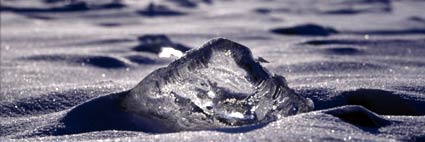The Selenga Delta

more pictures (1 of 10) >>
photo: Hans Peter Schultze
The river Selenga, one of the biggest inflows to Lake Baikal besides the upper Angara, originates in Mongolia where the rivers Ider and Muren meet. The Selenga also supplies Lake Chobsogol, which is said to be the smaller brother of Lake Baikal, with water.
Though long stretches of its riverbed (total length of 1024 km) are still unspoilt, there are two more reasons the Selenga is known for:
The Selenga flows right through Ulan Ude, a city with more than 350,000 inhabitants. Until recently, as good as no sewage plants existed and the Selenga as well as the cellulose power station at Baikalsk were and still are two of the biggest sources of water pollution for Baikal.

At the same time, the Selenga Delta with an area of more than 500 square kilometres is not only a unique natural habitat but also a natural sewage plant. The delta is a network of numerous distributaries, vast reed-covered areas, and small islands or sandbars overgrown with shrubs. It is habitat for about 300 different plant species (some of which are on the Red List), and a rare species of sturgeon as well as the Omul, a fish only to be found in Lake Baikal who passes the delta on the way to its spawning grounds.

The Selenga Delta is also known for its great diversity of birds. More than 200 different bird species live or brood in the delta. Twice a year, in spring and autumn during the time of bird migration about 5 million birds stop there. In summer, 2000 nests can be found on 100 hectares. In autumn, up to 175,000 young birds do their first attempts to fly.

Meanwhile, 22 species are under protection, 5 are even on the Red List of Endangered Species. To protect this diversity of birds, the Kabanski reservation which covers an area of 12,100 hectares was founded in 1974. During the time of incubation the use of motorboats is strictly forbidden as is any other kind of utilisation.
If required, the reservation management in Tanchoi offers excursions with overnight stays to a small nature conservation station which can be visited on one of the islands.










